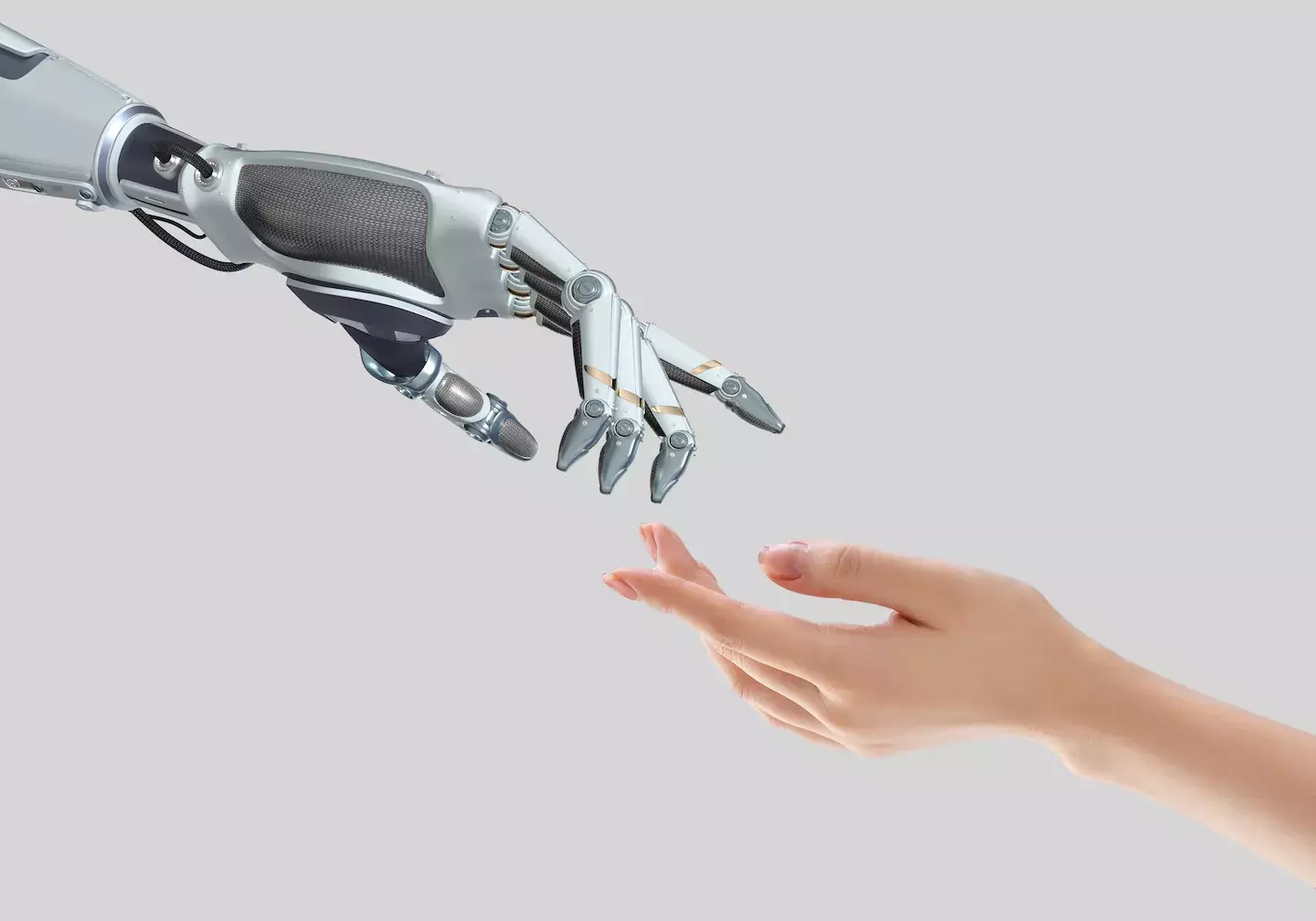FICO® Decisions Blog
Hear from the experts on applied intelligence, AI, decision management, fraud prevention, customer centricity and more.

Latest Posts
Filter by:


Understanding Fraud Detection to Safeguard Financial Services in an Ever-Changing Threat Landscape
Read more









Popular Posts

Business and IT Alignment is Critical to Your AI Success
These are the five pillars that can unite business and IT goals and convert artificial intelligence into measurable value — fast
Read more
FICO® Score 10T Decisively Beats VantageScore 4.0 on Predictability
An analysis by FICO data scientists has found that FICO Score 10T significantly outperforms VantageScore 4.0 in mortgage origination predictive power.
Read more
Average U.S. FICO Score at 717 as More Consumers Face Financial Headwinds
Outlier or Start of a New Credit Score Trend?
Read more











